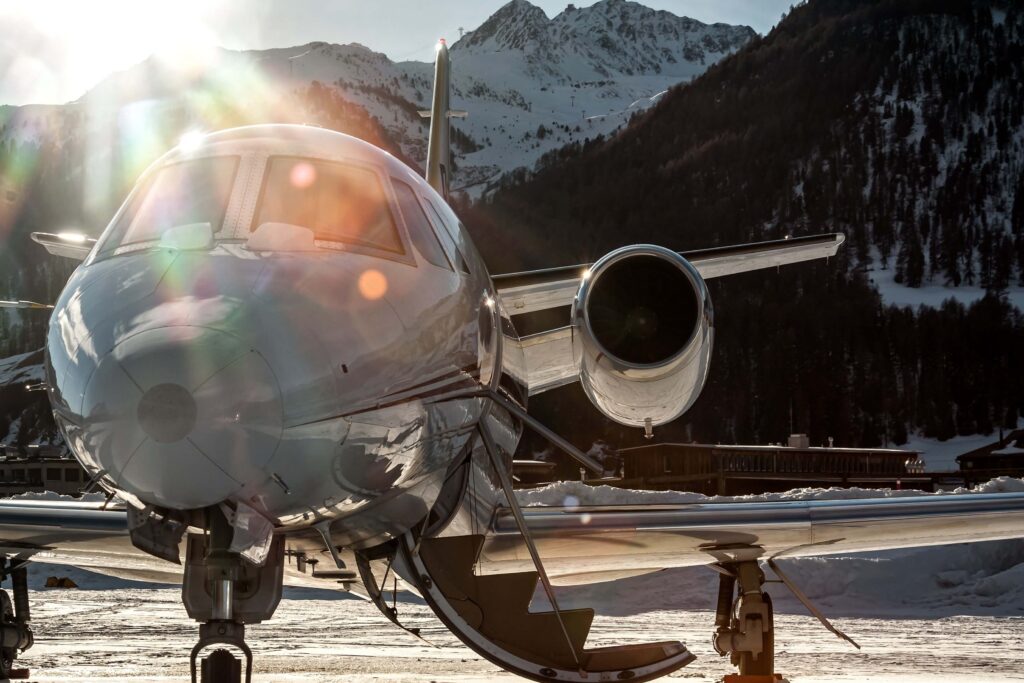The business aviation industry will need around 7,400 new business jets with deliveries reaching up to $238 billion in the upcoming decade, the Global Business Aviation Outlook made by Honeywell Aerospace indicates.
According to figures of the forecast released on October 10, 2021, by the US aircraft engine and avionics manufacturer Honeywell, the industry will potentially face a sharp increase in demand for both new and used business jets. The company estimates that between 2022 and 2031, carriers will take up to 7,400 new aircraft, up 1% in deliveries in comparison to the same 10-year outlook, which was made in 2020.
As for a shorter period, Honeywell counts that in terms of aircraft billed, business jet deliveries in 2022 will rise by around 10% in comparison to 2021 levels. It is also counted that around 72% of new deliveries, which are expected to be completed in the upcoming five-year period, will consist of brand-new larger-cabin business jets.
Meanwhile, the company predicts that the used business jet market will also see a trend of significant growth in demand. By 2026, carriers worldwide are expected to replace or expand around 29% of their current fleet by used business jets, reflecting a 4% higher demand for used aircraft if compared to the outlook made in 2020. Following the figures, operators will take more than 6,500 used business jets over the upcoming five years.
“Our latest operator survey results support continued private jet usage growth, as more than 65% of respondents anticipate increased business jet usage in 2022,” the president of Honeywell Aerospace was quoted saying in the company‘s statement. “Despite the ongoing challenges presented by the pandemic, flight hours have recovered and grown beyond pre-pandemic levels. The overall health of the business jet market is strong, and growth is expected to continue.”
As for the longer-term outlook, the company projects that in line with the expected global economic growth through 2031, the growth rate of business jet deliveries should increase by 3% annually on average.

